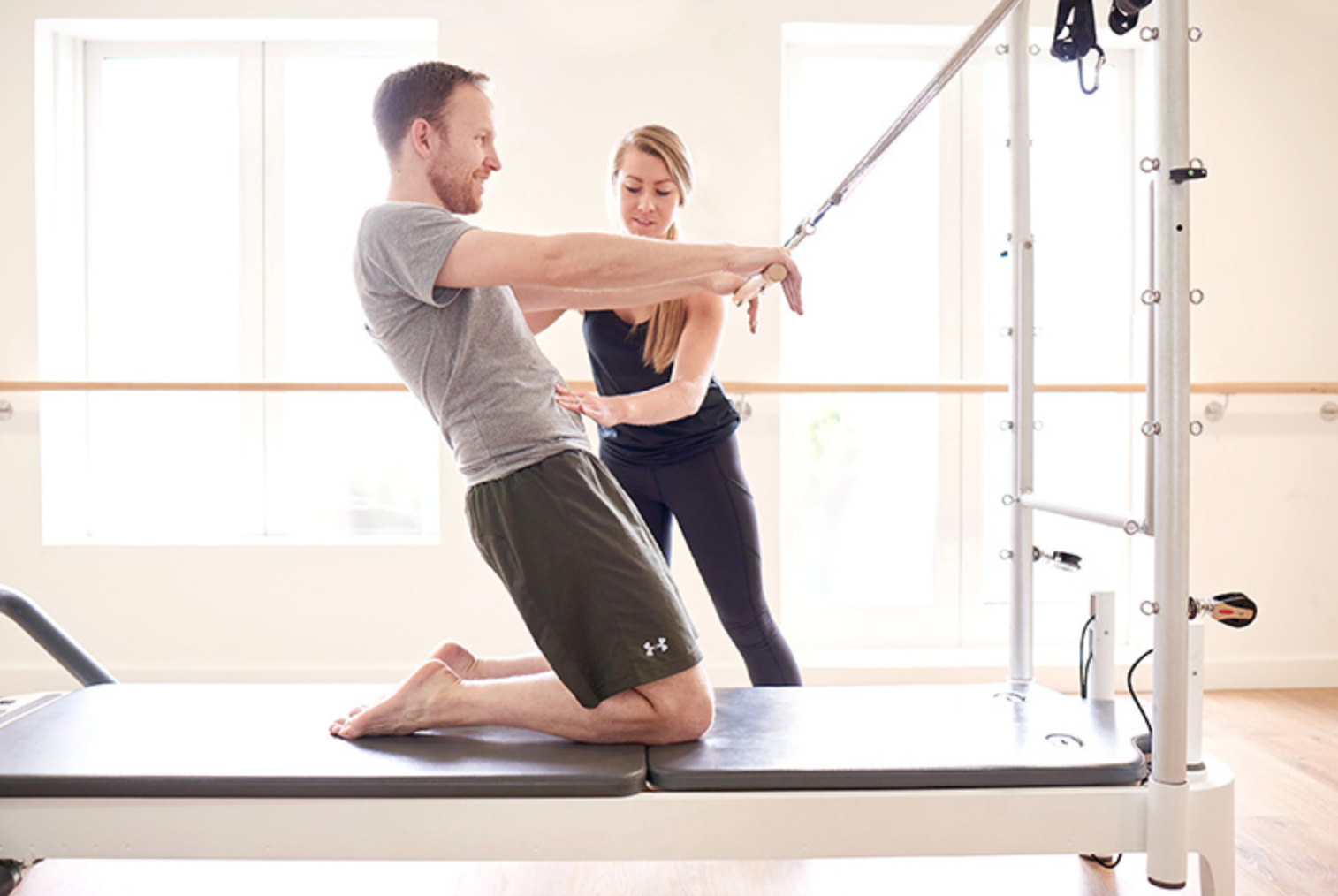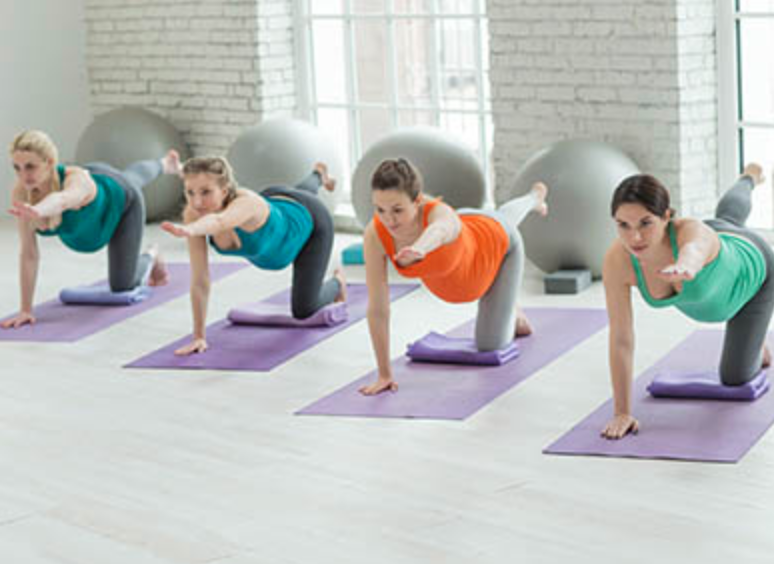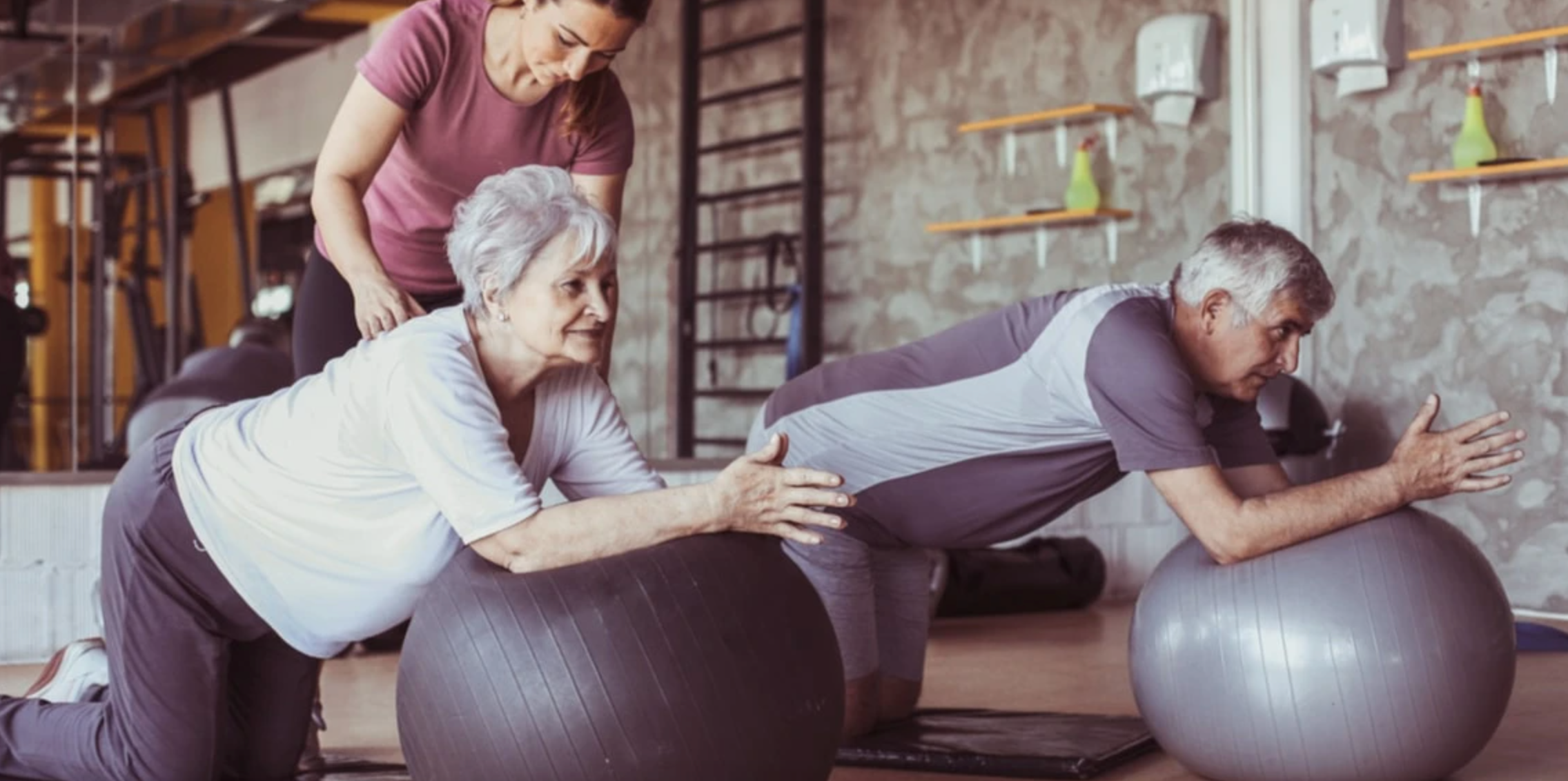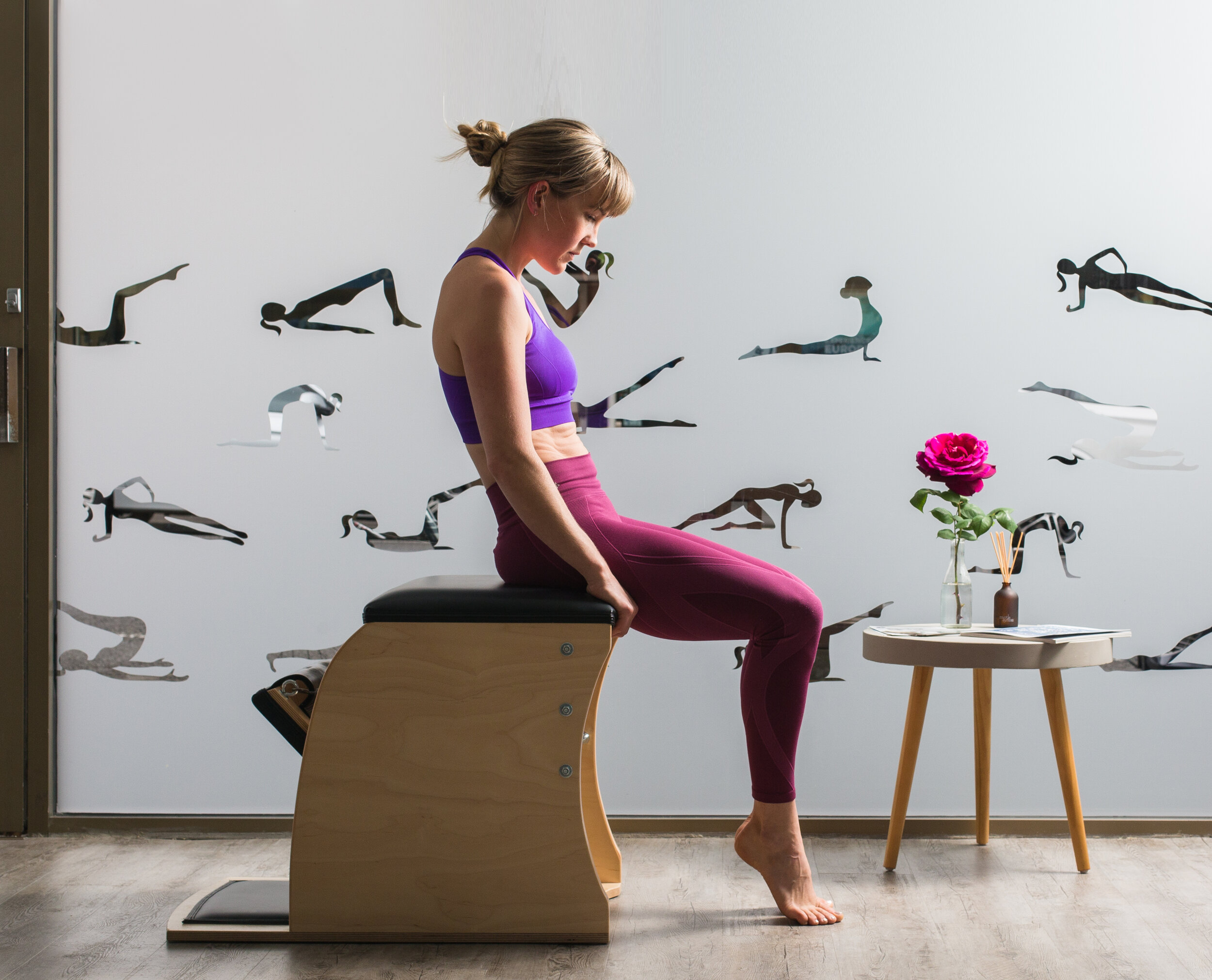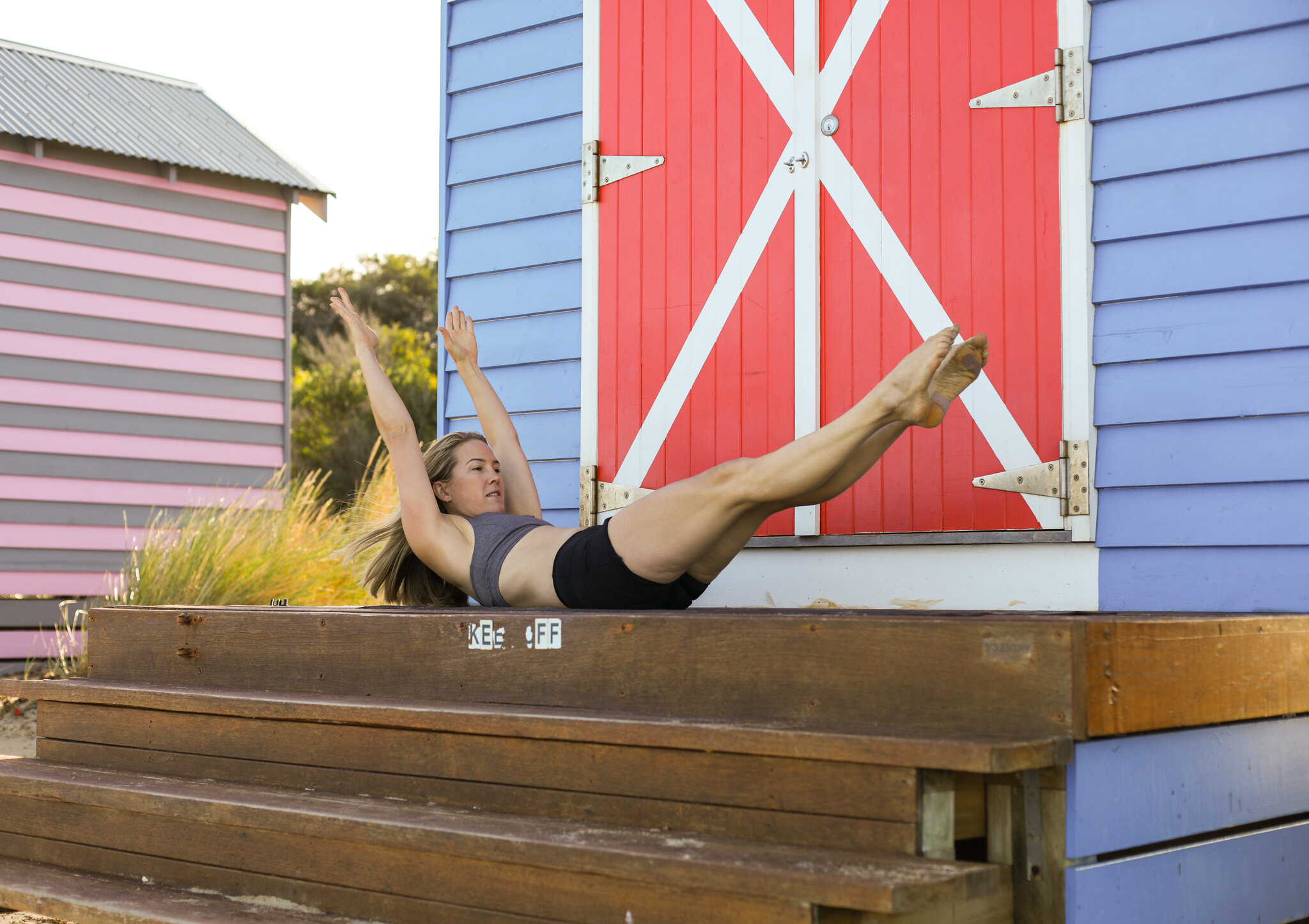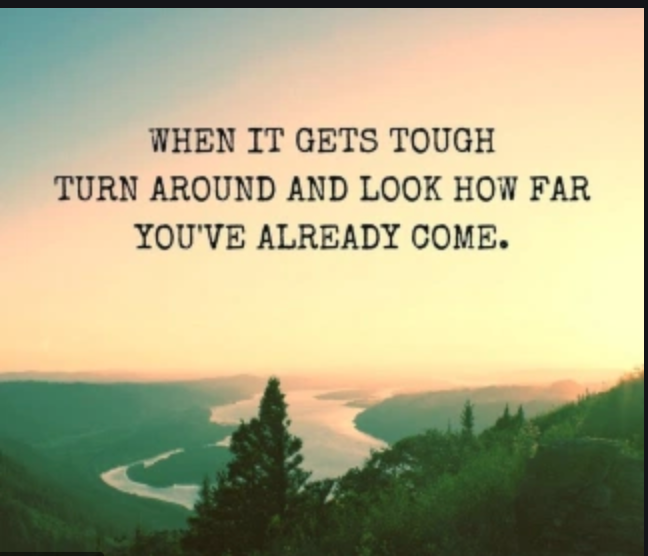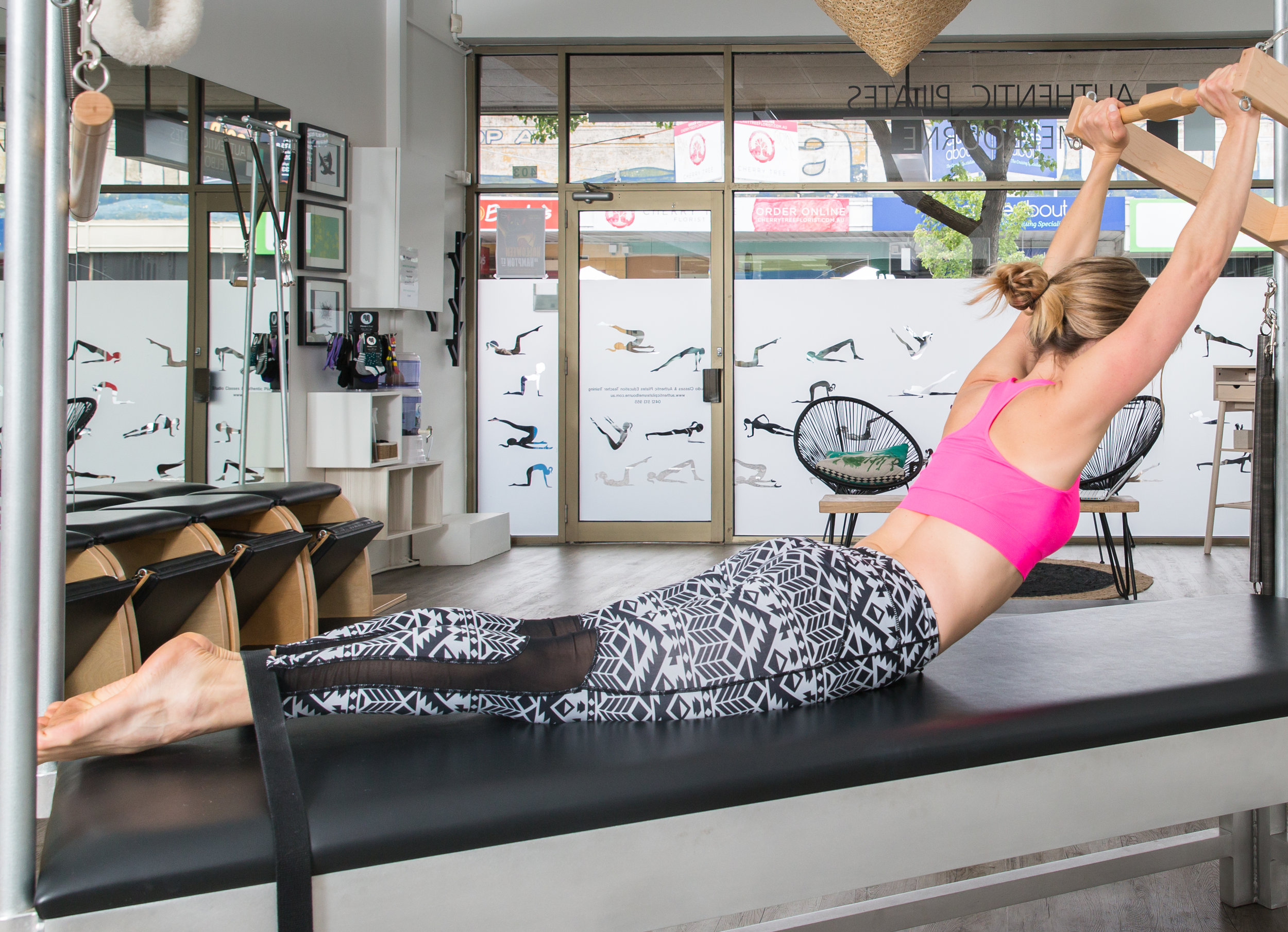In my 10 years of experience, there is something I have come to realise, Pilates is adaptive. It evolves WITH a person’s needs and FOR a person’s needs.
When I started my own practice, I was all about the Control Balance Handstand off the side of the Reformer. And not gone lie, I still love to give these a whirl every now and then. But there was a long while there, that my needs were so far from this and I just physically couldn’t do it, nor did I have any interest.
When was this strange time that you didn’t want to flip off reformers you ask?
Pregnancy and postpartum x 2.
The hormones that fluctuate to create and sustain life in a human body are immense. Not only is it an emotional, moody, ball-your-eyes-out-at-the-drop-of-a-hat rollercoaster but physically the experience and change to you body, is next level. A woman will produce more estrogen during one pregnancy than throughout her entire life when not pregnant. Progesterone levels also are extraordinarily high during pregnancy. It’s these changes in progesterone, that cause a laxity or loosening of ligaments and joints throughout the body. Loosening ligaments and Advanced Pilates exercises are not always the best of friends. As I found out the painful way. See-ya-Later Control Balance!
I needed to scale things back, focus on my ever changing body’s needs, a little less upside down work, a little more hip strengthening and low back stretching. Pilates can do this. It can challenge you at your fittest and strongest, it can calm, centre and restore you at times when you need the most support. It’s pretty amazing.
Pregnancy is a stage where women experience massive amounts of estrogen and progesterone, at the other end of the spectrum, menopause is a stage where there is a rapid decline in these hormones. Just like we scale and modify to meet our changing needs in pregnancy, we need to change and modify to meet our changing needs in menopause.
Menopause is sometimes called 'the change of life' as it marks the end of a woman's reproductive life. At menopause, ovulation no longer occurs and production of oestrogen and progesterone ceases. The word “menopause” refers to the last or final menstrual period a woman experiences. (menopause.org.au).
Although many women might find relief in saying good bye to periods, tampons, sanitary pads and wearing those hideous period undies, for most women the rapid decrease in hormones, will mean experiencing some or all of the following symptoms: night sweats, vaginal dryness, hot flashes, weight gain, forgetfulness, insomnia, anxiety, and headaches.
Menopausal women also experience changes such as, loss of muscle strength, loss of flexibility and joint pain. These impacts can contribute to musculoskeletal disorders such as osteoporosis.
Pilates can significantly reduce the impact of menopause because it helps to build strength and increase flexibility and mobility which decreases joint pain. Pilates is low-impact, there’s no lifting heavy weights in the gym, so it’s considered a safe option. Pilates works on core control which helps with dynamic postural balance, as we age, balance and proprioception tend to suffer the most.
Pilates focuses on how we use the breath to get the most out of the movement. when you can use the Pilates breath to it’s full potential during exercises, breath has the ability to calm your nervous system down, this in turn is a powerful tool in helping reduce anxiety. Simultaneously, with a calm nervous system you can reduce your cortisol levels and thus making it easier to lose weight (Catriona Harvey-Jenner) and improve the quality of sleep.
I have been teaching women between the ages of 40-70 for many years now. And these women often describe Pilates as gentle on their body but fierce in its benefits. Knee problems? Back problems? Shoulder problems? No worries, Pilates can accomodate, and in most circumstances improve the muscle imbalances causing these problems.
Here’s what one client, aged 60 had to say about her Pilates practice:
“I started with Kirsti Pilates To You 5 years ago, aged 55. I was feeling unfit, stiff, lethargic and tired all the time, classic post-menapausal symptoms. My diet was relatively healthy, but I was putting on weight and too tired to try and get rid of it. I started doing a mat class with Kirsti once a week, and within a few weeks noticed a difference - it was easier to get up off the floor or from kneeling down and my energy was returning. Whilst I didn't lose any weight, I stopped gaining weight and that was a big plus. I was feeling happier and more relaxed. I have noticed when I go away on holidays that it doesn't take long to lose the fitness I work hard to gain, and the feelings of tiredness and lethargy return. I really look forward to my class each week. During the lockdown in Melbourne, I started doing two classes a week via Zoom, instead of one and quickly noticed the improvement that brought - particularly to my mental health and motivation. I wouldn't miss my Pilates classes for anything! Kirsti's enthusiasm is contagious and makes each class a lot of fun”.
Lastly don’t forget your nutrition has to change with your changing body. You can’t expect to eat like you did in your 30’s when you’re 60 and still see the same results, but what should you eat?! It all comes down to what will fuel you for energy, work with your slowing digestion system and address hormonal imbalances to limit sleeplessness, aches and pains and headaches. Recently, I wrote a blog on moving and eating where my nutritionist friend, Emma Lynas was my guest blogger on this topic. You can check it out here .
If you are reading this thinking, yes, yes, yes this is me. Then Emma and I’s upcoming ‘Embrace the Change’ program is for you.
It’s all about encouraging you to embrace the changes in your body by teaching you how to move & eat for strength & vitality on your menopause journey.
This program aims to:
-improve your strength & posture
-move more freely and with less pain
-help you understand how to manage your weight & energy levels
-enhance your sleep & energy with nutrition
It commences on February 15th for 5 weeks.
Each week includes:
2 live, virtual 45minute Pilates classes (replay available)
1 x nutrition lecture with discussion in private FaceBook group
Maybe you’re not 50 and/or don’t think this relates to you, but what about your Mum, what about your Aunty, your friendly neighbour? Check in with them. Sadly, menopause is not a topic that is shared so freely, but a friendly ear to someone who might be struggling with weight gain/sleeplessness/pain, could actually be just what they need. So please mention this program, you don’t know who might be missing out.
Any questions about this or the ‘Embrace the Change Program’, please get in touch here.


